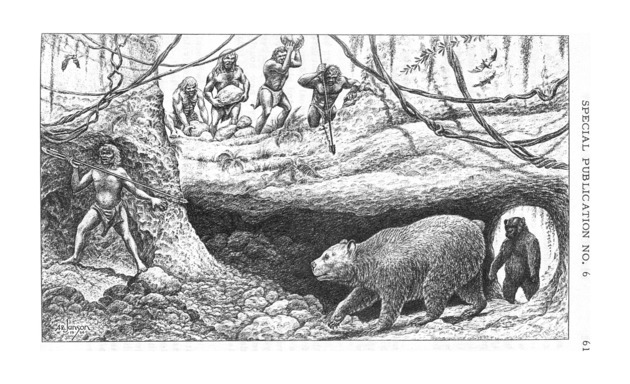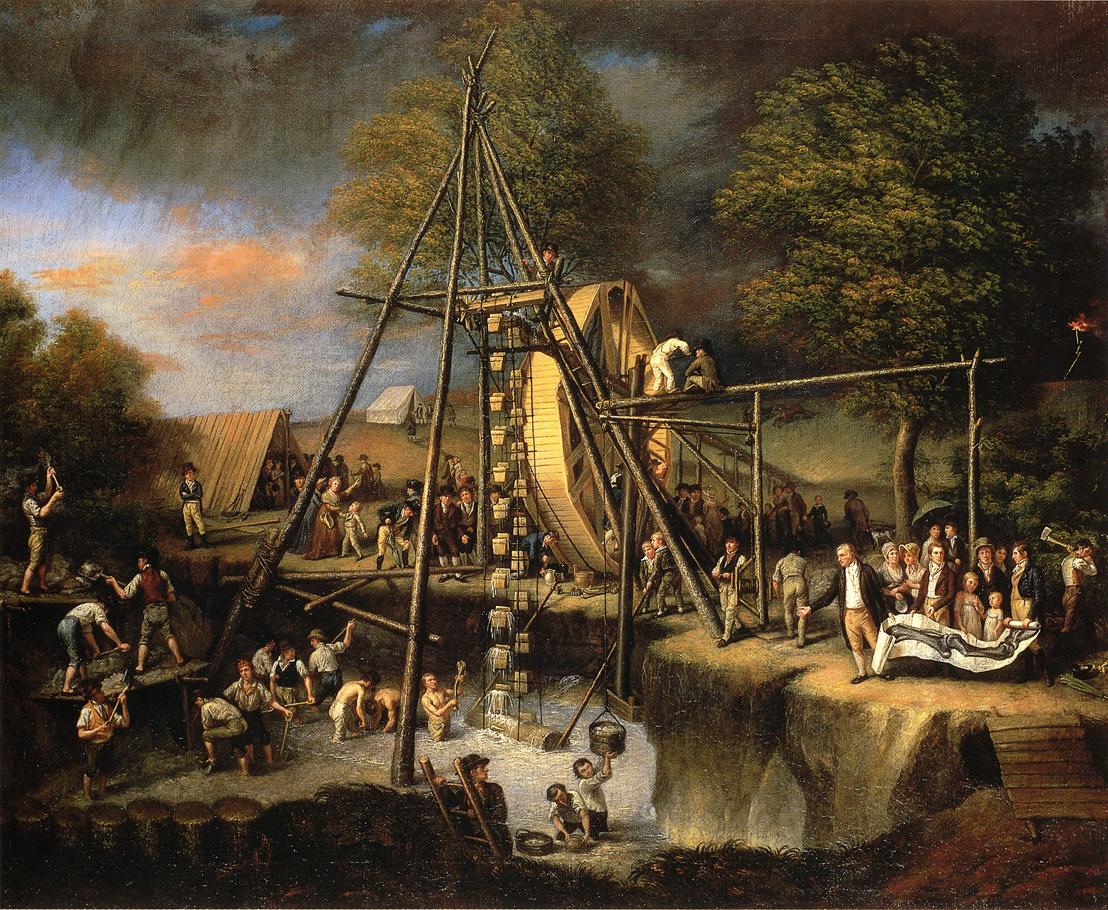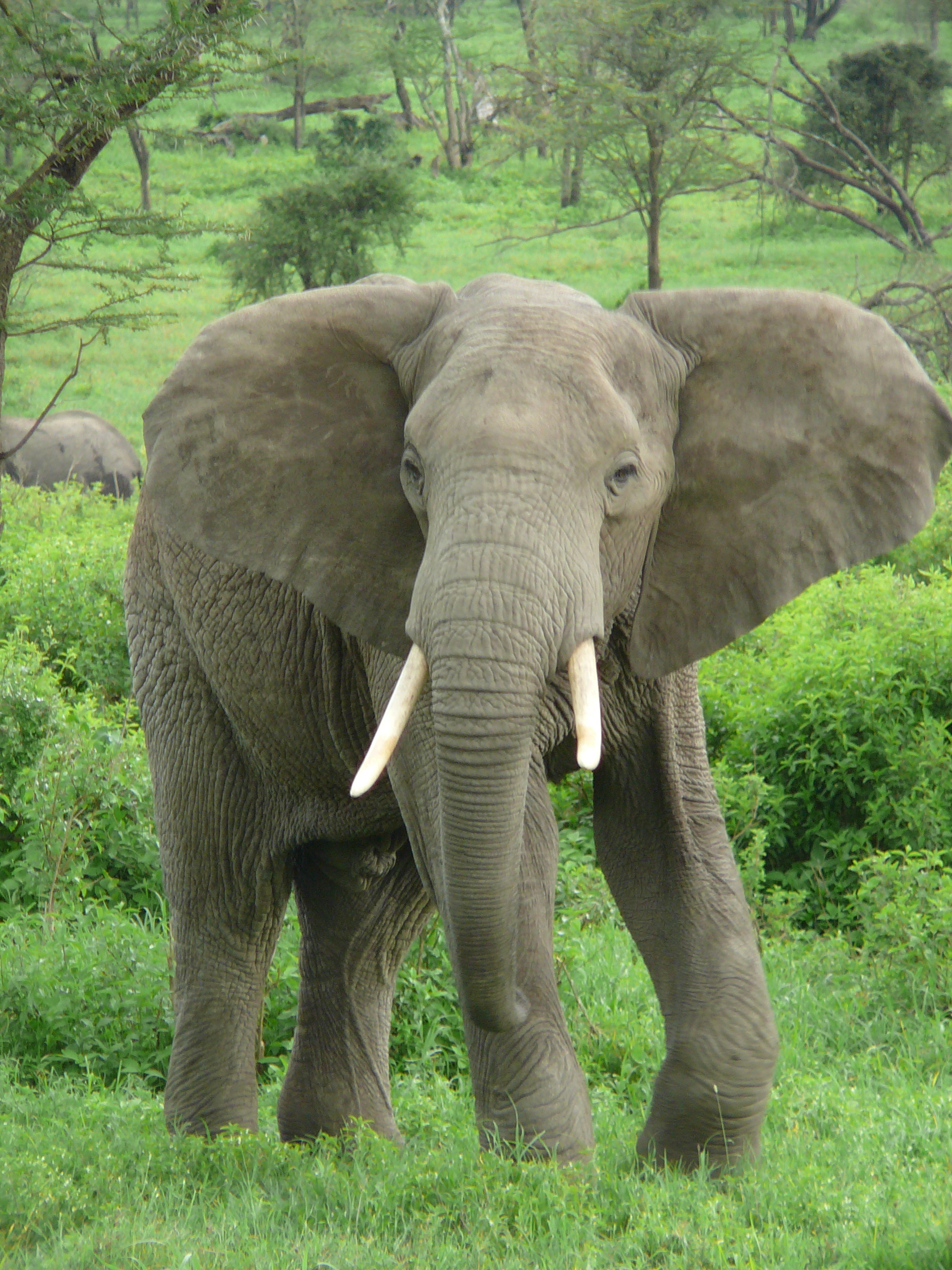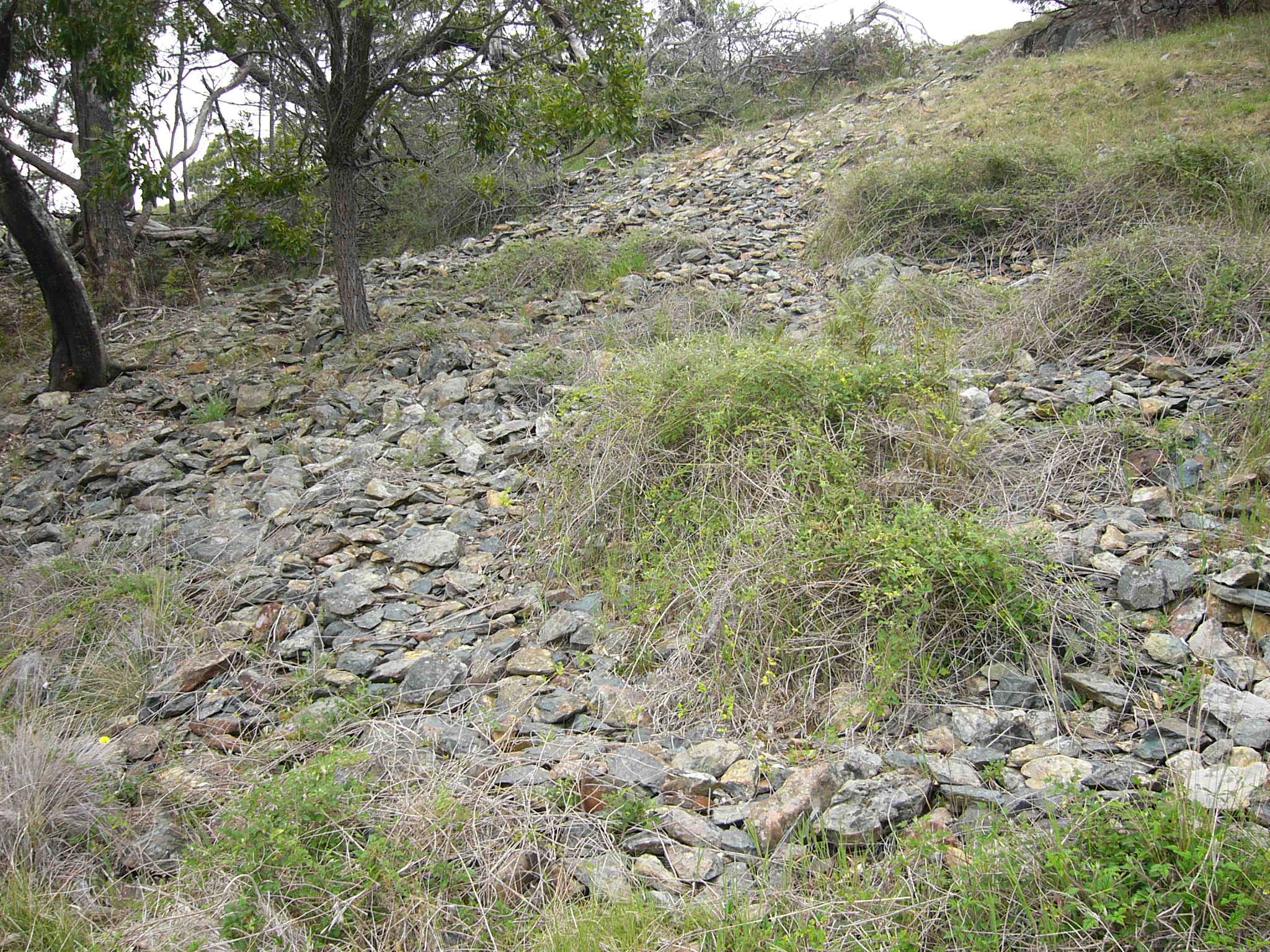|
Visual Arts By Indigenous Peoples Of The Americas
Visual arts by indigenous peoples of the Americas encompasses the visual artistic practices of the indigenous peoples of the Americas from ancient times to the present. These include works from South America and North America, which includes Central America and Greenland. The Siberian Yupiit, who have great cultural overlap with Native Alaskan Yupiit, are also included. Indigenous American visual arts include portable arts, such as painting, basketry, textiles, or photography, as well as monumental works, such as architecture, land art, public sculpture, or murals. Some Indigenous artforms coincide with Western art forms; however, some, such as porcupine quillwork or birchbark biting are unique to the Americas. Indigenous art of the Americas has been collected by Europeans since sustained contact in 1492 and joined collections in cabinet of curiosities and early museums. More conservative Western art museums have classified Indigenous art of the Americas within arts of Afr ... [...More Info...] [...Related Items...] OR: [Wikipedia] [Google] [Baidu] |
Kwakwakaʼwakw
The Kwakwa̱ka̱ʼwakw (), also known as the Kwakiutl (; "Kwakʼwala-speaking peoples") are one of the indigenous peoples of the Pacific Northwest Coast. Their current population, according to a 2016 census, is 3,665. Most live in their traditional territory on northern Vancouver Island, nearby smaller islands including the Discovery Islands, and the adjacent British Columbia mainland. Some also live outside their homelands in urban areas such as Victoria and Vancouver. They are politically organized into 13 band governments. Their language, now spoken by only 3.1% of the population, consists of four dialects of what is commonly referred to as Kwakʼwala. These dialects are Kwak̓wala, ʼNak̓wala, G̱uc̓ala and T̓łat̓łasik̓wala. Name The name ''Kwakiutl'' derives from ''Kwaguʼł''—the name of a single community of Kwakwa̱ka̱ʼwakw located at Fort Rupert. The anthropologist Franz Boas had done most of his anthropological work in this area and popularized the term f ... [...More Info...] [...Related Items...] OR: [Wikipedia] [Google] [Baidu] |
Vero Man
Vero man refers to a set of fossilized human bones found near Vero (now Vero Beach), Florida, in 1915 and 1916. The human bones were found in association with those of Pleistocene animals. The question of whether humans were present in Florida (or anywhere in the Americas) during the Pleistocene was controversial at the time, and most archaeologists did not accept that the Vero fossils were that old. Recent studies show that the Vero human bones are from the Pleistocene and are the largest collection of human remains from the Pleistocene found in North America. Initial discovery Starting in late 1913 vertebrate fossils were uncovered during the construction of a drainage canal from the Indian River between Vero and Gifford. Samples of the fossils were sent by Isaac M. Weills and Frank Ayers to the state geologist of Florida, E. H. Sellards, who recognized the finds as Pleistocene animals. In 1915, 26 fossilized human bones and fragments were found in the banks of the canal. Th ... [...More Info...] [...Related Items...] OR: [Wikipedia] [Google] [Baidu] |
Vero Beach, Florida
Vero Beach is a city in and the seat of Indian River County, Florida, United States. Vero Beach is the second most populous city in Indian River County. Abundant in beaches and wildlife, Vero Beach is located on Florida's Treasure Coast. It is thirty-four miles south of Melbourne, Florida. According to the U.S. Census Bureau's 2010 data, the city had a population of 15,220. History Pre-Columbian Parts of a human skeleton were found north of Vero in association with the remains of Pleistocene animals in 1915. The find was controversial, and the view that the human remains dated from much later than the Pleistocene prevailed for many years. In 2006, an image of a mastodon or mammoth carved on a bone was found in vicinity of the Vero man discovery. A scientific forensic examination of the bone found the carving had probably been done in the Pleistocene. Archaeologists from Mercyhurst University, in conjunction with the Old Vero Ice Age Sites Committee (OVIASC), conducted excavations ... [...More Info...] [...Related Items...] OR: [Wikipedia] [Google] [Baidu] |
Mastodon
A mastodon ( 'breast' + 'tooth') is any proboscidean belonging to the extinct genus ''Mammut'' (family Mammutidae). Mastodons inhabited North and Central America during the late Miocene or late Pliocene up to their extinction at the end of the Pleistocene 10,000 to 11,000 years ago. They lived in herds and were predominantly forest-dwelling animals. They generally had a browsing diet, distinct from that of the contemporary Columbian mammoth, which tended towards grazing. ''M. americanum'', the American mastodon, and ''M. pacificus'', the Pacific mastodon, are the youngest and best-known species of the genus. Mastodons disappeared from North America as part of a mass extinction of most of the Pleistocene megafauna, widely believed to have been caused by a combination of climate changes at the end of the Pleistocene and overexploitation by Paleo-Indians. History A Dutch tenant farmer found the first recorded remnant of ''Mammut'', a tooth some in weight, in the villag ... [...More Info...] [...Related Items...] OR: [Wikipedia] [Google] [Baidu] |
Mammoth
A mammoth is any species of the extinct elephantid genus ''Mammuthus'', one of the many genera that make up the order of trunked mammals called proboscideans. The various species of mammoth were commonly equipped with long, curved tusks and, in northern species, a covering of long hair. They lived from the Pliocene epoch (from around 5 million years ago) into the Holocene at about 4,000 years ago, and various species existed in Africa, Europe, Asia, and North America. They were members of the family Elephantidae, which also contains the two genera of modern elephants and their ancestors. Mammoths are more closely related to living Asian elephants than African elephants. The oldest representative of ''Mammuthus'', the South African mammoth (''M. subplanifrons''), appeared around 5 million years ago during the early Pliocene in what is now southern and eastern Africa. Descendant species of these mammoths moved north and continued to propagate into numerous subsequent ... [...More Info...] [...Related Items...] OR: [Wikipedia] [Google] [Baidu] |
Megafauna
In terrestrial zoology, the megafauna (from Greek μέγας ''megas'' "large" and New Latin '' fauna'' "animal life") comprises the large or giant animals of an area, habitat, or geological period, extinct and/or extant. The most common thresholds used are weight over see page 17 (i.e., having a mass comparable to or larger than a human) or over a tonne, (i.e., having a mass comparable to or larger than an ox). The first of these include many species not popularly thought of as overly large, and being the only few large animals left in a given range/area, such as white-tailed deer, Thomson's gazelle, and red kangaroo. In practice, the most common usage encountered in academic and popular writing describes land mammals roughly larger than a human that are not (solely) domesticated. The term is especially associated with the Pleistocene megafauna – the land animals often larger than their extant counterparts that are considered archetypical of the last ice age, such as ... [...More Info...] [...Related Items...] OR: [Wikipedia] [Google] [Baidu] |
Lithic Reduction
In archaeology, in particular of the Stone Age, lithic reduction is the process of fashioning stones or rocks from their natural state into tools or weapons by removing some parts. It has been intensely studied and many archaeological industries are identified almost entirely by the lithic analysis of the precise style of their tools and the chaîne opératoire of the reduction techniques they used. Normally the starting point is the selection of a piece of tool stone that has been detached by natural geological processes, and is an appropriate size and shape. In some cases solid rock or larger boulders may be quarried and broken into suitable smaller pieces, and in others the starting point may be a piece of the debitage, a flake removed from a previous operation to make a larger tool. The selected piece is called the lithic core (also known as the "objective piece"). A basic distinction is that between flaked or knapped stone, the main subject here, and ground st ... [...More Info...] [...Related Items...] OR: [Wikipedia] [Google] [Baidu] |
Projectile Point
In North American archaeological terminology, a projectile point is an object that was hafted to a weapon that was capable of being thrown or projected, such as a javelin, dart, or arrow. They are thus different from weapons presumed to have been kept in the hand, such as knives, spears, axes, hammers, and maces. Stone tools, including projectile points, can survive for long periods, were often lost or discarded, and are relatively plentiful, especially at archaeological sites. They provide useful clues to the human past, including prehistoric trade. A distinctive form of point, identified though lithic analysis of the way it was made, is often a key diagnostic factor in identifying an archaeological industry or culture. Scientific techniques exist to track the specific kinds of rock or minerals that were used to make stone tools in various regions back to their original sources. As well as stone, projectile points were also made of worked wood, bone, antler, horn, o ... [...More Info...] [...Related Items...] OR: [Wikipedia] [Google] [Baidu] |
Bannerstone
Bannerstones are artifacts usually found in the Eastern United States that are characterized by a centered hole in a symmetrically shaped carved or ground stone. The holes are typically " to " in diameter and extend through a raised portion centered in the stone. They usually are bored all the way through but some have been found with holes that extend only part of the way through. Many are made from banded slate or other colored hard stone. They often have a geometric "wing nut" or "butterfly" shape but are not limited to these. More than just functional artifacts, bannerstones are a form of art that appear in varying shapes, designs, and colors, symbolizing their ceremonial and spiritual importance. Debates over function Archaeologists have debated over the use of bannerstones. Some have suggested that they are atlatl weights or ceremonial pieces. Others believe that they may be for drilling, cordage making, or fire making. Robert S. Berg The name Robert is an ancient ... [...More Info...] [...Related Items...] OR: [Wikipedia] [Google] [Baidu] |
Archaic Period In The Americas
Archaic is a period of time preceding a designated classical period, or something from an older period of time that is also not found or used currently: *List of archaeological periods **Archaic Sumerian language, spoken between 31st - 26th centuries BC in Mesopotamia (Classical Sumerian is from 26th - 23rd centuries BC). **Archaic Greece Archaic Greece was the period in Greek history lasting from circa 800 BC to the second Persian invasion of Greece in 480 BC, following the Greek Dark Ages and succeeded by the Classical period. In the archaic period, Greeks settled across the ... ** Archaic period in the Americas ** Early Dynastic Period of Egypt * Archaic Homo sapiens, people who lived about 300,000 to 30,000 B.P. (this is far earlier than the archaeological definition) * Archaism, speech or writing in a form that is no longer current * Archaic language, one that preserves features that are no longer present in other languages of the same language family * List of arch ... [...More Info...] [...Related Items...] OR: [Wikipedia] [Google] [Baidu] |









